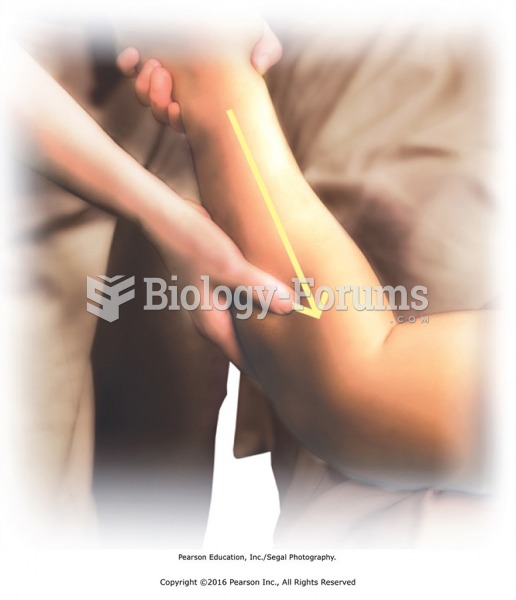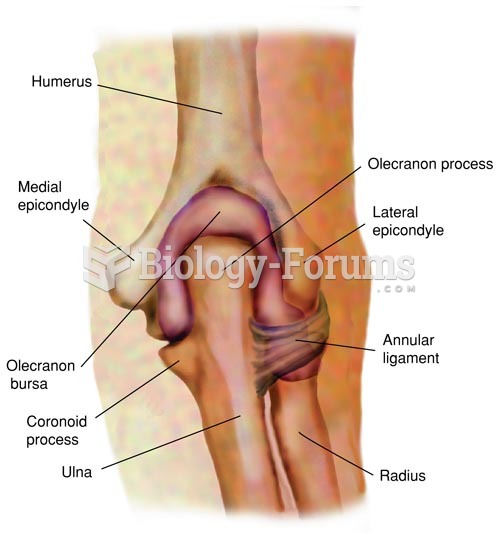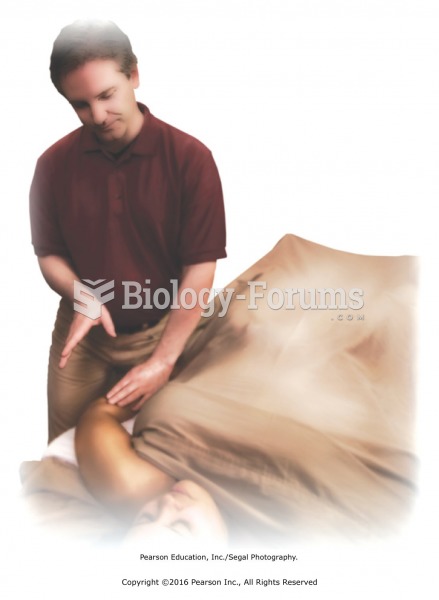|
|
|
There can actually be a 25-hour time difference between certain locations in the world. The International Date Line passes between the islands of Samoa and American Samoa. It is not a straight line, but "zig-zags" around various island chains. Therefore, Samoa and nearby islands have one date, while American Samoa and nearby islands are one day behind. Daylight saving time is used in some islands, but not in others—further shifting the hours out of sync with natural time.
If all the neurons in the human body were lined up, they would stretch more than 600 miles.
Drug-induced pharmacodynamic effects manifested in older adults include drug-induced renal toxicity, which can be a major factor when these adults are experiencing other kidney problems.
The most common childhood diseases include croup, chickenpox, ear infections, flu, pneumonia, ringworm, respiratory syncytial virus, scabies, head lice, and asthma.
A strange skin disease referred to as Morgellons has occurred in the southern United States and in California. Symptoms include slowly healing sores, joint pain, persistent fatigue, and a sensation of things crawling through the skin. Another symptom is strange-looking, threadlike extrusions coming out of the skin.
 Immunization with a vaccine. A healthcare professional is injecting a vaccine into the patient’s arm
Immunization with a vaccine. A healthcare professional is injecting a vaccine into the patient’s arm
 Apply stripping effleurage with the thumb to the flexor and extensor muscles of the forearm. Apply ...
Apply stripping effleurage with the thumb to the flexor and extensor muscles of the forearm. Apply ...





